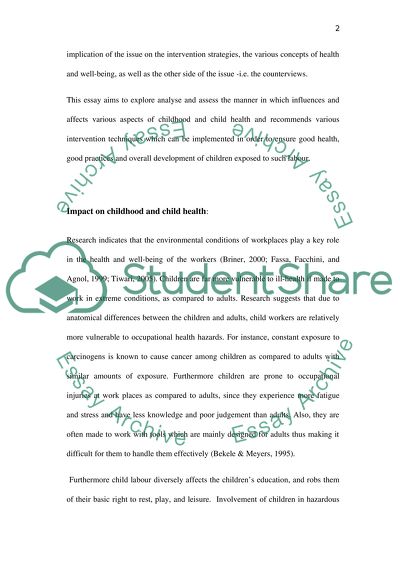Cite this document
(“Child labour and its impact on childhood and child health Essay”, n.d.)
Retrieved from https://studentshare.org/social-science/1402605-child-labour-and-its-impact-on-childhood-and-child-health
Retrieved from https://studentshare.org/social-science/1402605-child-labour-and-its-impact-on-childhood-and-child-health
(Child Labour and Its Impact on Childhood and Child Health Essay)
https://studentshare.org/social-science/1402605-child-labour-and-its-impact-on-childhood-and-child-health.
https://studentshare.org/social-science/1402605-child-labour-and-its-impact-on-childhood-and-child-health.
“Child Labour and Its Impact on Childhood and Child Health Essay”, n.d. https://studentshare.org/social-science/1402605-child-labour-and-its-impact-on-childhood-and-child-health.


